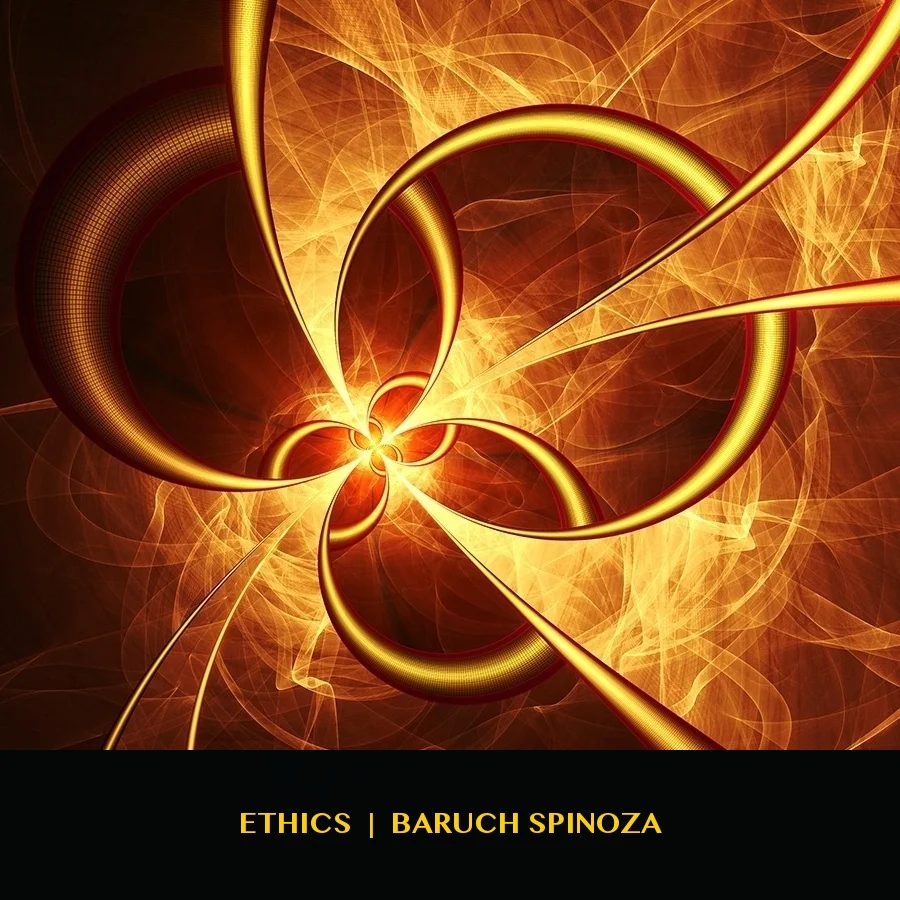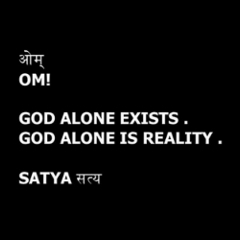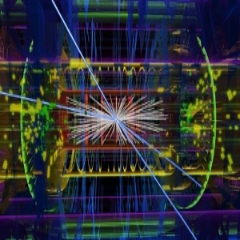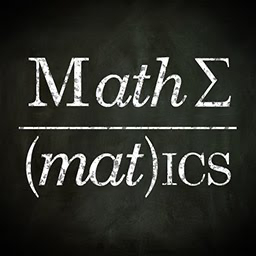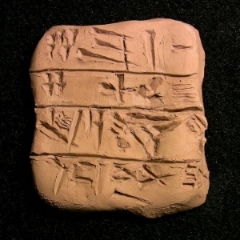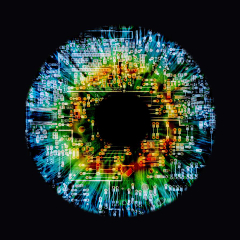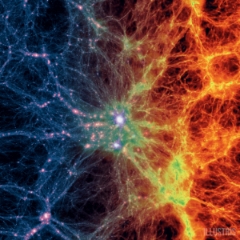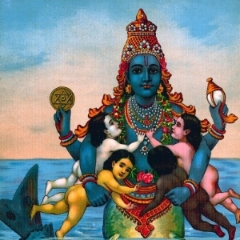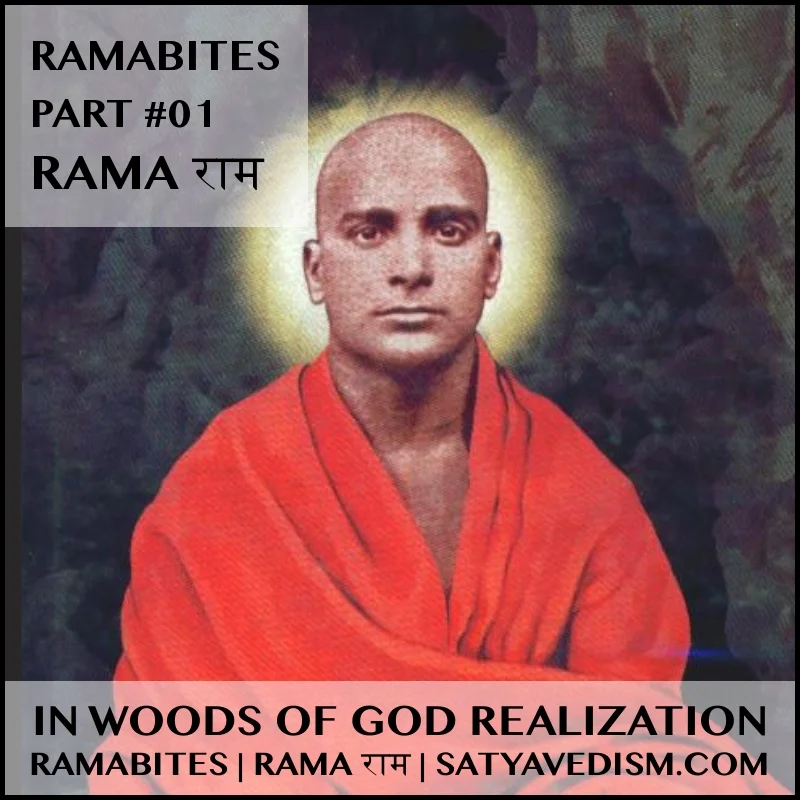ETHICS | SEL003 | SPINOZA
| | homeETHICS | SEL003 | BARUCH SPINOZA
|| PART I | CONCERNING GOD ||
|| P8 || Every substance is necessarily infinite .
|| PROOF || There cannot be more than one substance having the same attribute ( P5 ) , and existence belongs to the nature of substance ( P7 ) .
It must therefore exist either as finite or as infinite .
But it cannot exist as finite , for ( D2 ) it would have to be limited by another substance of the same nature , and that substance also would have to exist ( P7 ) .
And so there would exist two substances of the same attribute , which is absurd ( P5 ) .
Therefore , it exists as infinite .
|| SCHOL 1 || Since in fact to be finite is in part a negation and to be infinite is the unqualified affirmation of the existence of some nature , it follows from P7 alone that every substance must be infinite .
|| SCHOL 2 || I do not doubt that for those who judge things confusedly and are not accustomed to know things through their primary causes it is difficult to grasp the proof of P7 .
Surely , this is because they neither distinguish between the modification of substances and substances themselves , nor do they know how things are produced .
And so it comes about that they ascribe to substances a beginning which they see natural things as having ; for those who do not know the true causes of things confuse everything .
Without any hesitation they imagine trees as well as humans talking and stones as well as humans being formed from seeds ; indeed , any forms whatsoever are imagined to change into any other forms .
So too , those who confuse the divine nature with human nature easily ascribe to GOD human emotions , especially so long as they are ignorant of how the latter are produced in the mind .
But if they were to attend to the nature of substance , they would not doubt at all the truth of P7 ; indeed , this Proposition would be an axiom to all and would be ranked among universally accepted truisms .
For by substance they would understand that which is in itself and is conceived through itself ; that is , that the knowledge of which does not require the knowledge of any other thing .
By modifications they would understand that which is in another thing , and whose conception is formed from the thing in which they are .
Therefore , in the case of nonexistent modifications we can have true ideas of them since their essence is included in something else , with the result that they can be conceived through that something else , although they do not exist in actuality externally to the intellect .
However , in the case of substances , because they are conceived only through themselves , their truth external to the intellect is only in themselves .
So if someone were to say that one has a clear and distinct — that is , a true — idea of substance and that one nevertheless doubts whether such a substance exists , this would surely be just the same as if one were to declare that one has a true idea but nevertheless suspects that it may be false ( as is obvious to anyone who gives one's mind to it ) .
Or if anyone asserts that substance is created , one at the same time asserts that a false idea has become true , than which nothing more absurd can be conceived .
So it must necessarily be admitted that the existence of substance is as much an eternal truth as is its essence .
From here we can derive in another way that there cannot be but one ( substance ) of the same nature , and I think it worthwhile to set out the proof here .
Now to do this in an orderly fashion I ask you to NOTE :
|| N1 || The true definition of each thing involves and expresses nothing beyond the nature of the thing defined . Hence it follows that —
|| N2 || No definition involves or expresses a fixed number of individuals , since it expresses nothing but the nature of the thing defined . For example , the definition of a triangle expresses nothing other than simply the nature of a triangle , and not a fixed number of triangles .
|| N3 || For each individual existent thing there must necessarily be a definite cause for its existence .
|| N4 || The cause for the existence of a thing must either be contained in the very nature and definition of the existent thing ( in effect , existence belongs to its nature ) or must have its being independently of the thing itself .
From these premises it follows that if a fixed number of individuals exist in Nature , there must necessarily be a cause why those individuals and not more or fewer exist .
If , for example , in Nature twenty humans were to exist ( for the sake of greater clarity I suppose that they exist simultaneously and that no others existed in Nature before them ) , in order to account for the existence of these twenty humans , it will not be enough for us to demonstrate the cause of human nature in general ; it will furthermore be necessary to demonstrate the cause why not more or fewer than twenty humans exist , since ( N3 ) there must necessarily be a cause for the existence of each one .
But this cause ( N2 N3 ) cannot be contained in the nature of human , since the true definition of human does not involve the number twenty .
So ( N4 ) the cause of the existence of these twenty humans , and consequently of each one , must necessarily be external to each one , and therefore we can reach the unqualified conclusion that whenever several individuals of a kind exist , there must necessarily be an external cause for their existence .
Now since existence belongs to the nature of substance ( as has already been shown in this Scholium ) the definition of substance must involve necessary existence , and consequently the existence of substance must be concluded solely from its definition .
But the existence of several substances cannot follow from the definition of substance ( as I have already shown in N2 N3 ) .
Therefore , from the definition of substance it follows necessarily that there exists only one substance of the same nature , as was proposed .
|| P9 || The more reality or being a thing has , the more attributes it has .
|| PROOF || This is evident from D4 .
SOURCE | SATYAVEDISM.ORG

